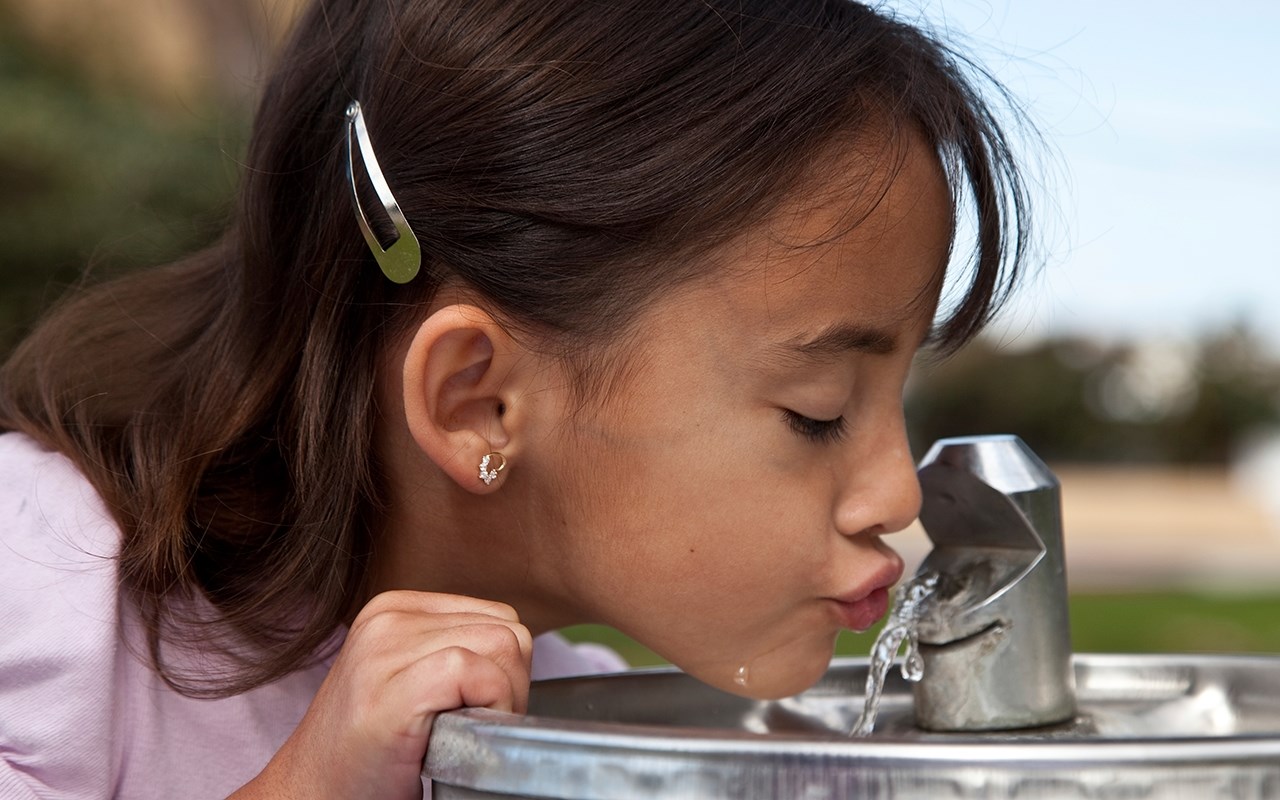By 2025, two-thirds of the world’s population is predicted to face water shortages. Can desalination fix the growing problem of water scarcity?
Do you ever think when turning on the water tap and letting fresh water flow that you’re indulging in an incredible luxury?
Though we live on a planet of which two thirds are covered in water, drinkable freshwater – an absolute necessity for human life – is becoming incredibly rare. Currently, water scarcity affects around 2.8 billion people around the world and more than 1.2 billion people lack access to clean drinking water. And the situation is not getting any better.
In the future, water scarcity will not only affect the developing world, but is becoming a truly global issue, increasing demand for effective, large-scale solutions. According to estimations, by 2025, every two in three people on the planet will live in areas where water resources are unstable. Somehow the dystopian, desertified world of Mad Max and its struggles over water is quickly becoming less far-fetched of a fiction.
Solutions that could turn our vast seawater resources into fresh water have so far been too costly and complex for large scale use.
Desalination is part of the solution
The main ways of fighting water scarcity are reducing consumption and radically increasing water-efficiency. However, there are also ways with which countries can use rainfall-independent water sources to meet the growing demand for fresh water.
Desalination, the process of turning seawater into potable water by removing minerals, is one of these methods. And while it alone will not fix the global water crisis, desalination can provide significant relief for many populations in dry and arid areas.
According to some estimations, desalination could create 140 cubic kilometers of fresh water by 2030, and help cover as much as 5% of the gap between water withdrawals and fresh water supply. Already around 1% of the world’s population is dependent on desalinated water to meet their daily needs. Especially in the Persian Gulf, Middle East, North Africa and Australia, desalination plants provide vital drinking and irrigation water.


Process of extreme
The most common ways of desalination are reverse osmosis and multi-stage flash desalination. The former is a kind of pressurized filtration process and the latter a distillation process in which seawater is flashed into steam and then condensed, in several stages, thus separating the fresh water from the salts. The processes are complex and highly corrosive, which means that keeping the lifecycle costs of desalination plants at a reasonable level requires investing into durable solutions. That’s why Outokumpu’s long-lasting, corrosion resistant stainless steel grades are an indispensable part of many desalination solutions. Outokumpu supplies stainless steel to the majority of desalination plant contractors, and has provided its expertise in creating even more durable stainless solutions, specially-designed for desalination since the 1980s. For the last decade or so, the Forta Duplex grades have been the stainless solution of choice. Outokumpu’s experts optimize the material selection depending on temperature, salt and oxygen content in the stages of the multi stage flash process.
Stainless for sustainability
The world’s growing need for more sustainable solutions is a vital driver for Outokumpu’s business, as Outokumpu’s stainless steel makes any product more sustainable. Often, the optimized material properties of stainless in fact make it the only suitable material to use. For instance, in Ras Tanura oil refinery’s desalination units in Saudi Arabia, Outokumpu’s stainless steel offers very high resistance to chloride stress corrosion cracking and combines excellent impact toughness, workability, and weldability. And in Fisia Italimpianti’s desalination chambers, in Abu Dhabi, Dubai and Qatar, Outokumpu’s stainless steel allows for durable, material-efficient solution. Outokumpu’s stainless steel is also an indispensable ingredient in Qatar’s mega reservoirs projects, which aim to provide seven days’ potable water storage to preserve Qatar’s water quality.
